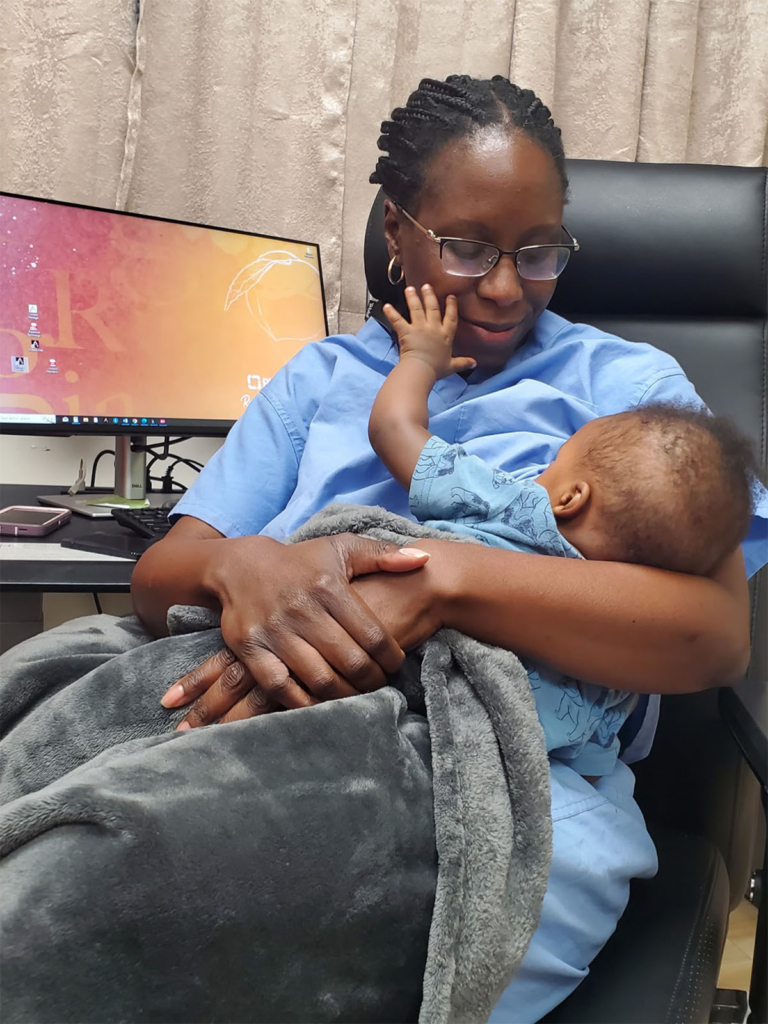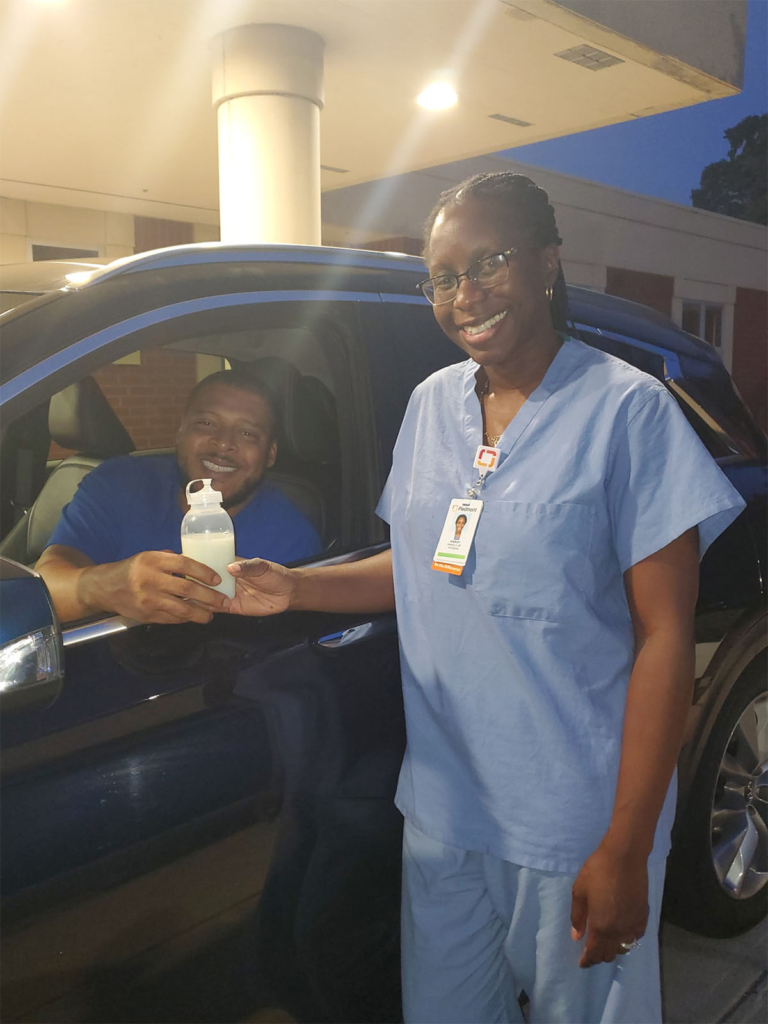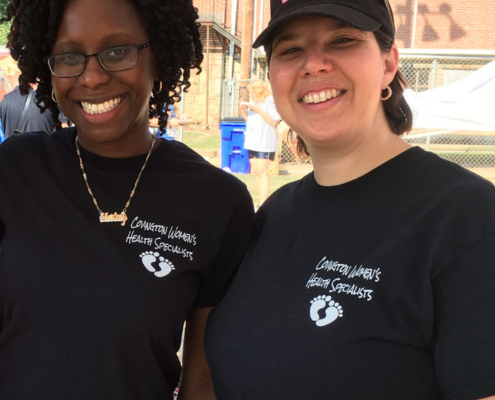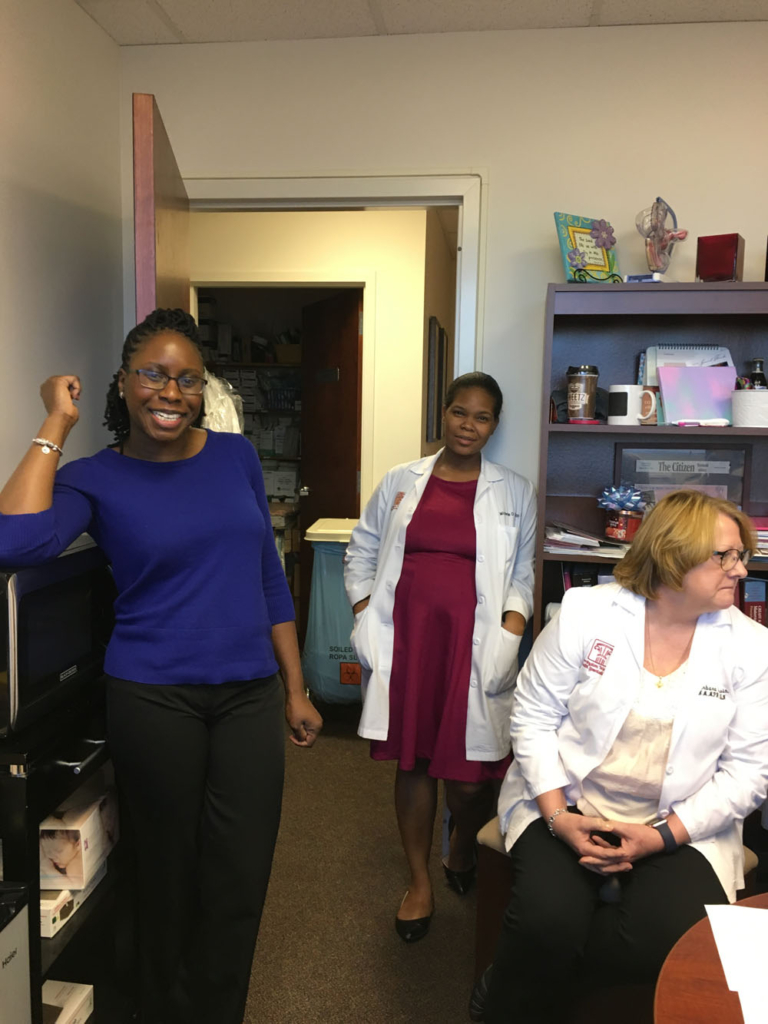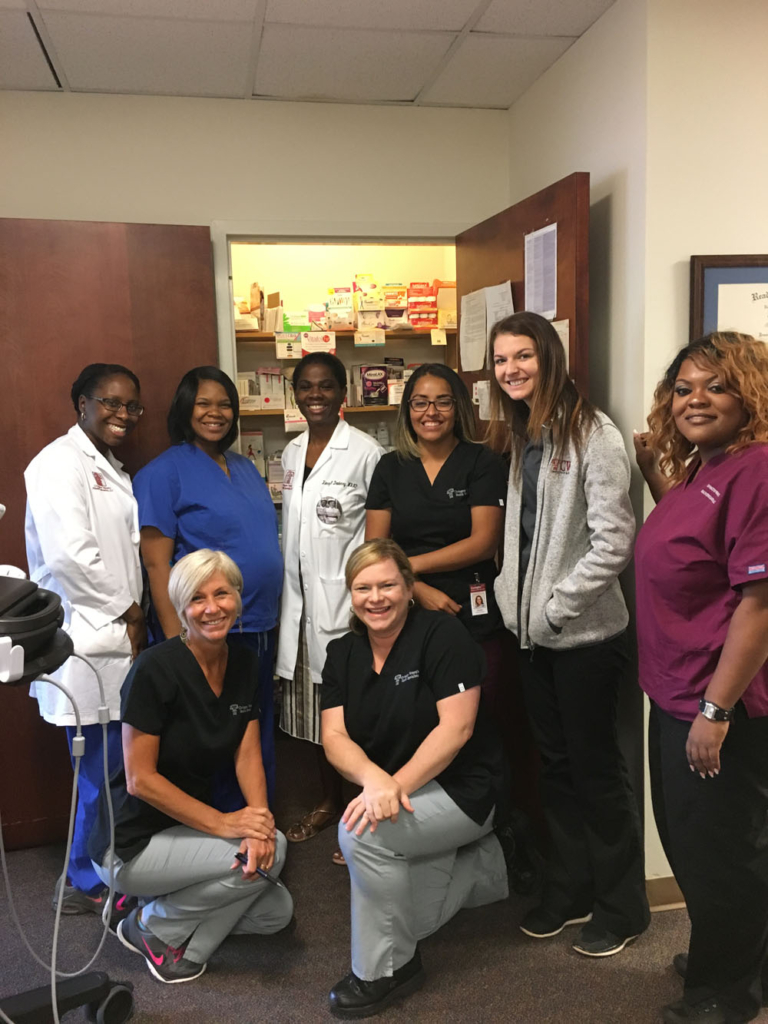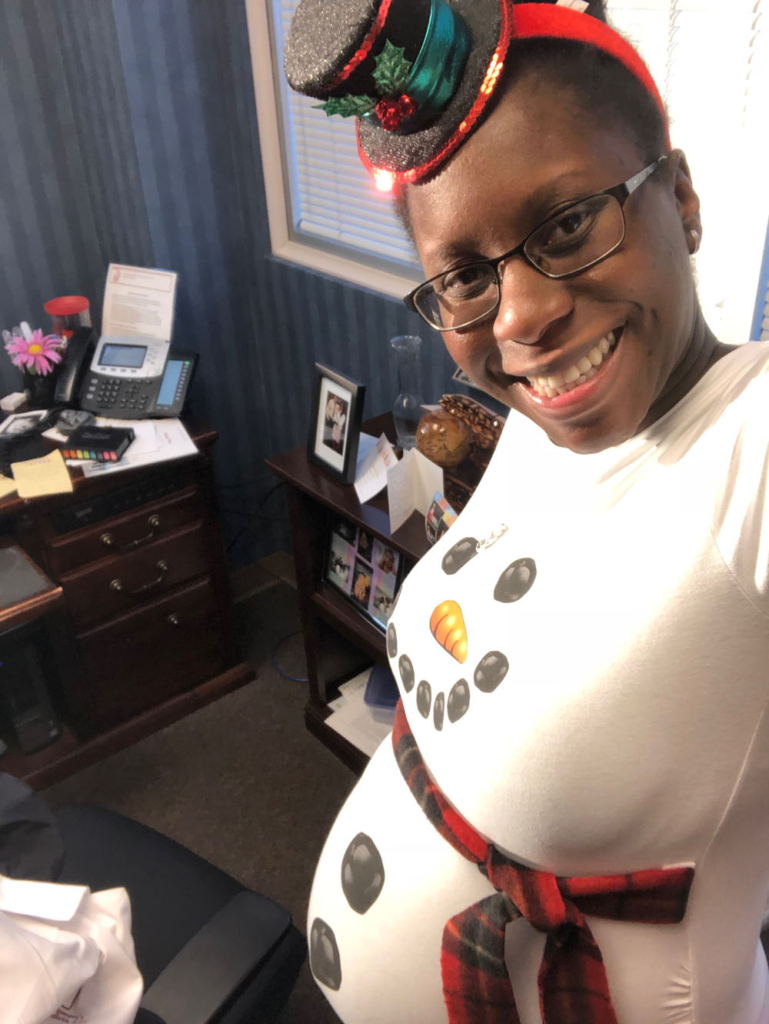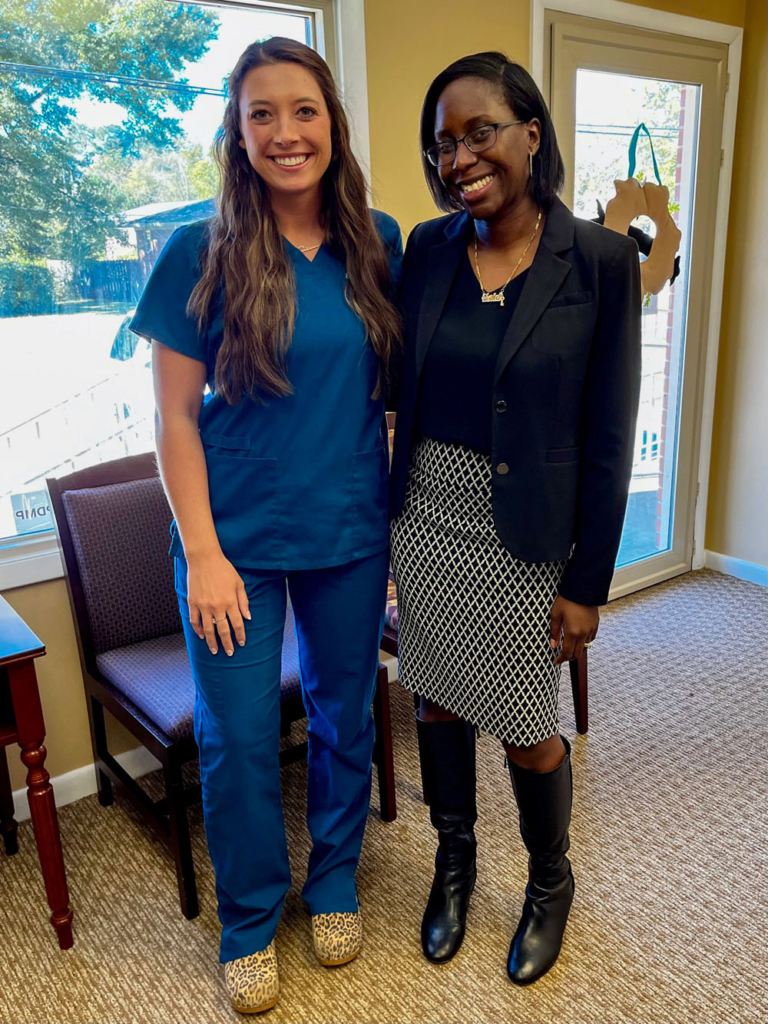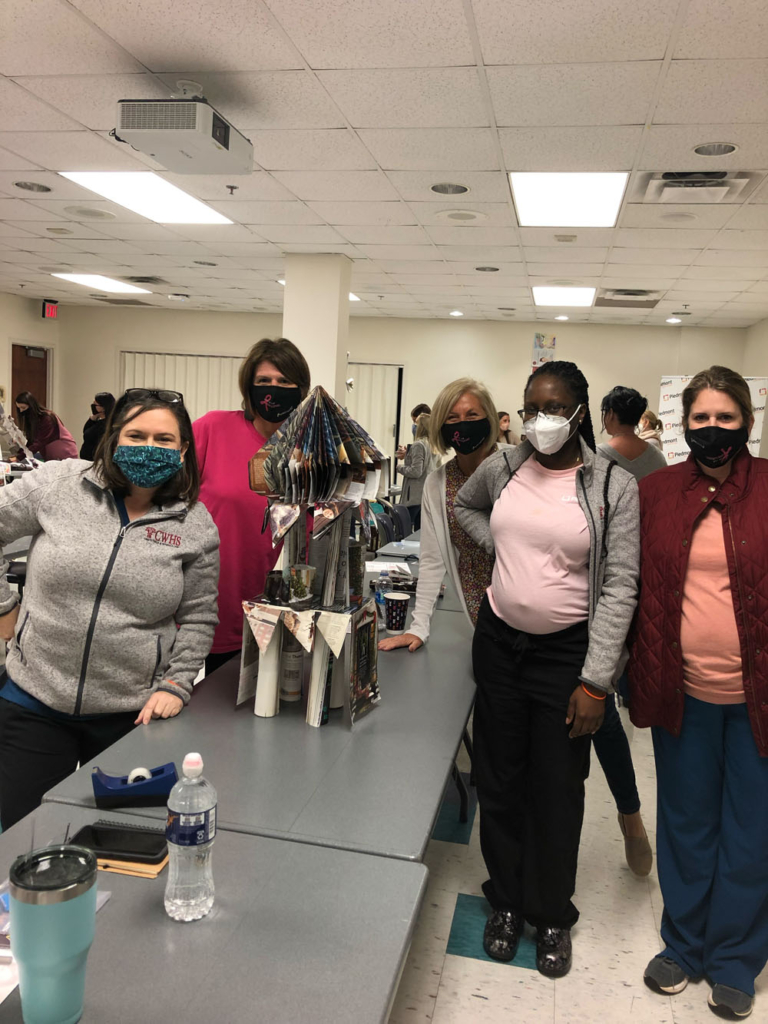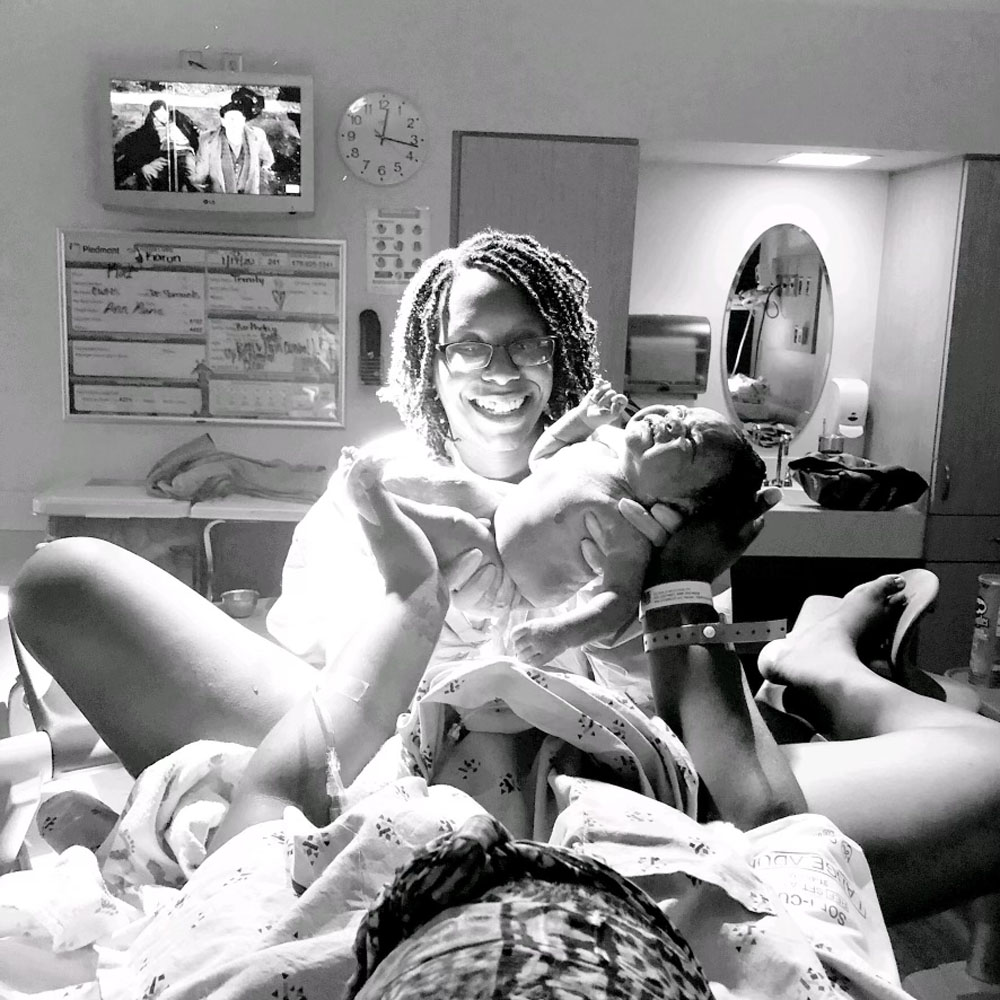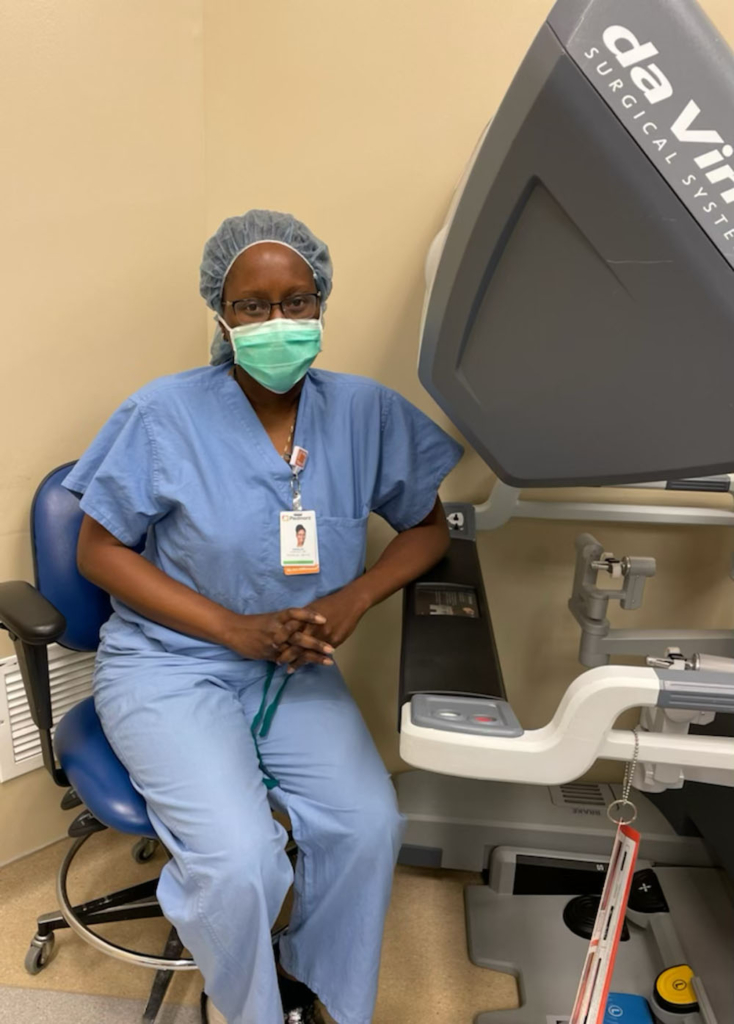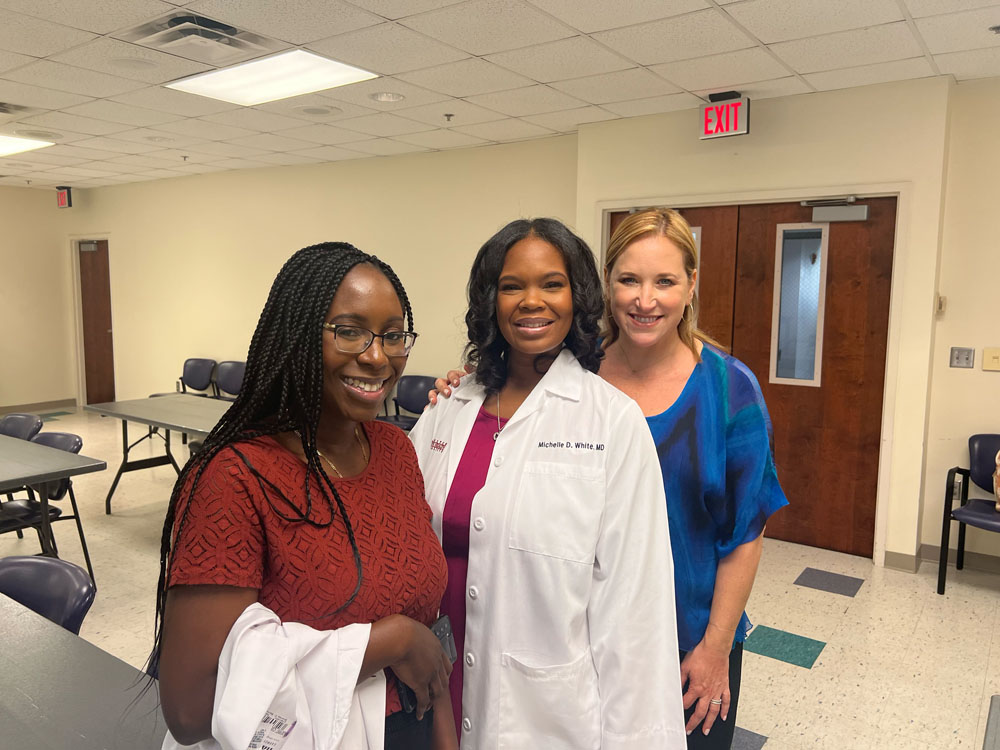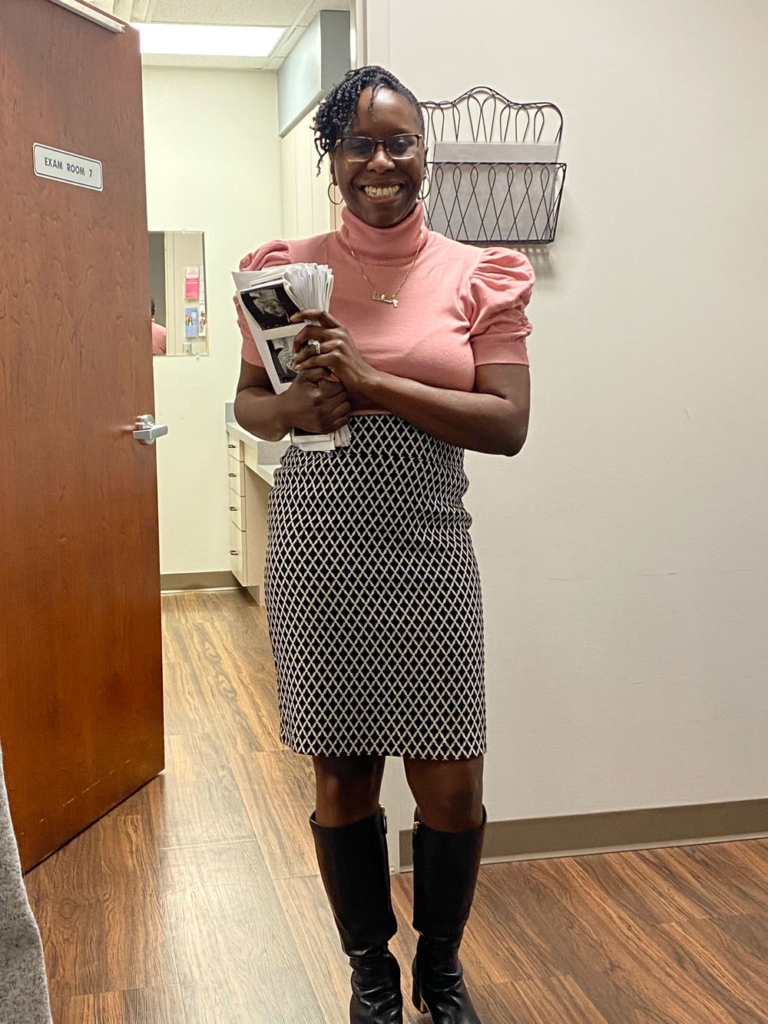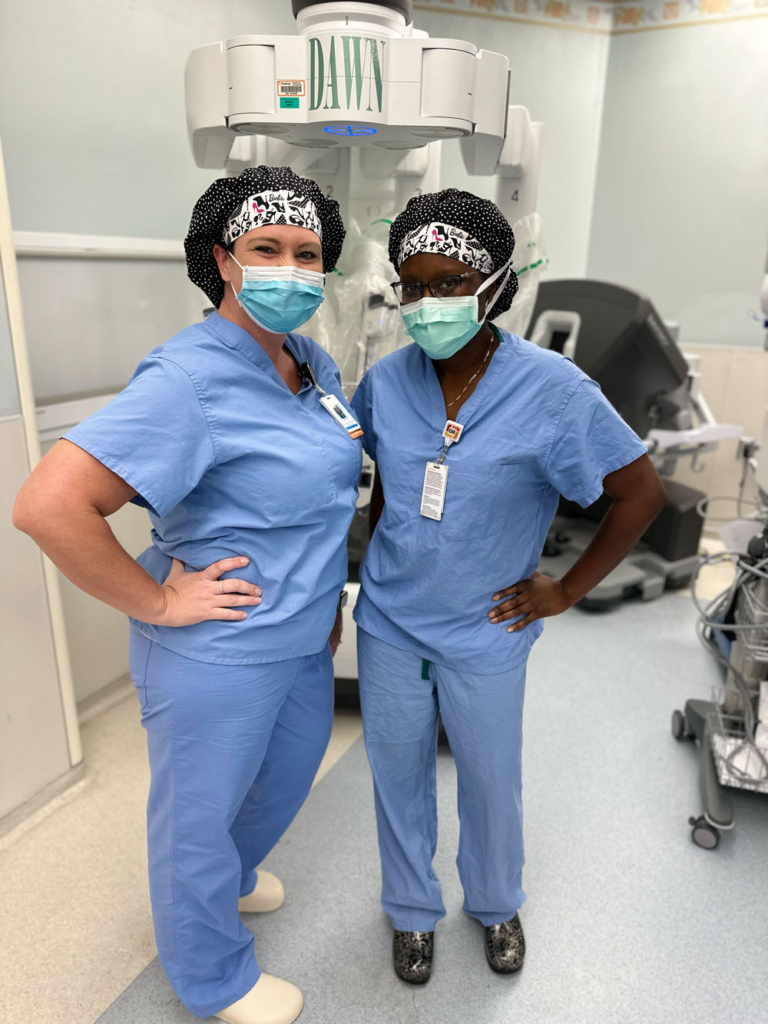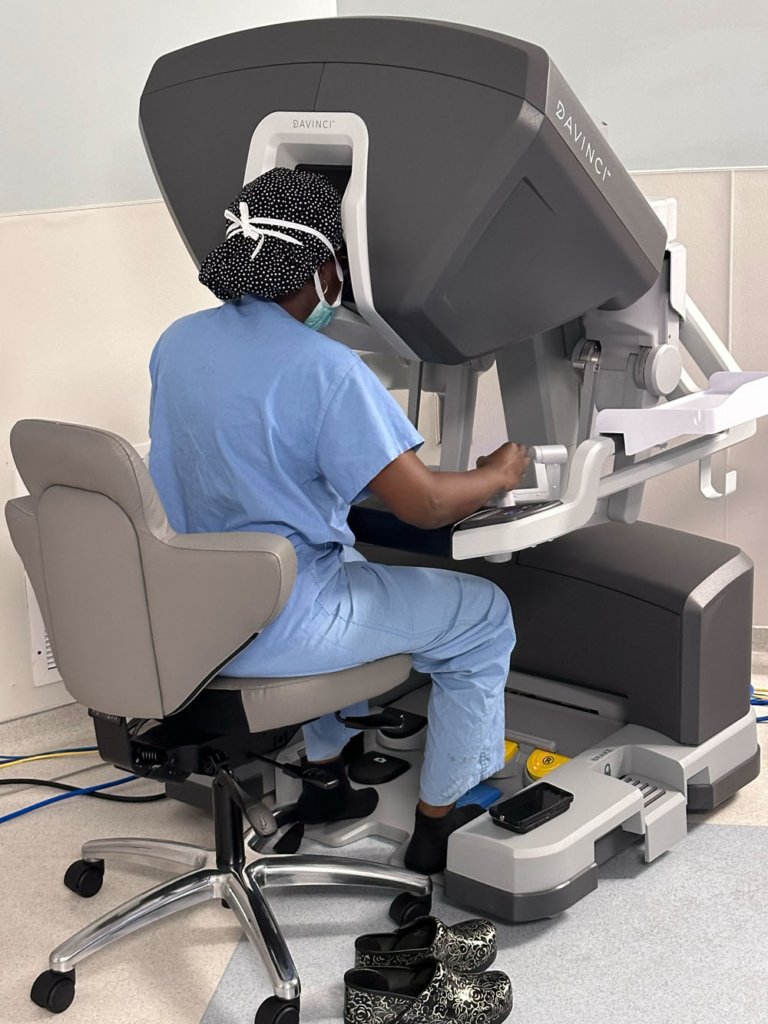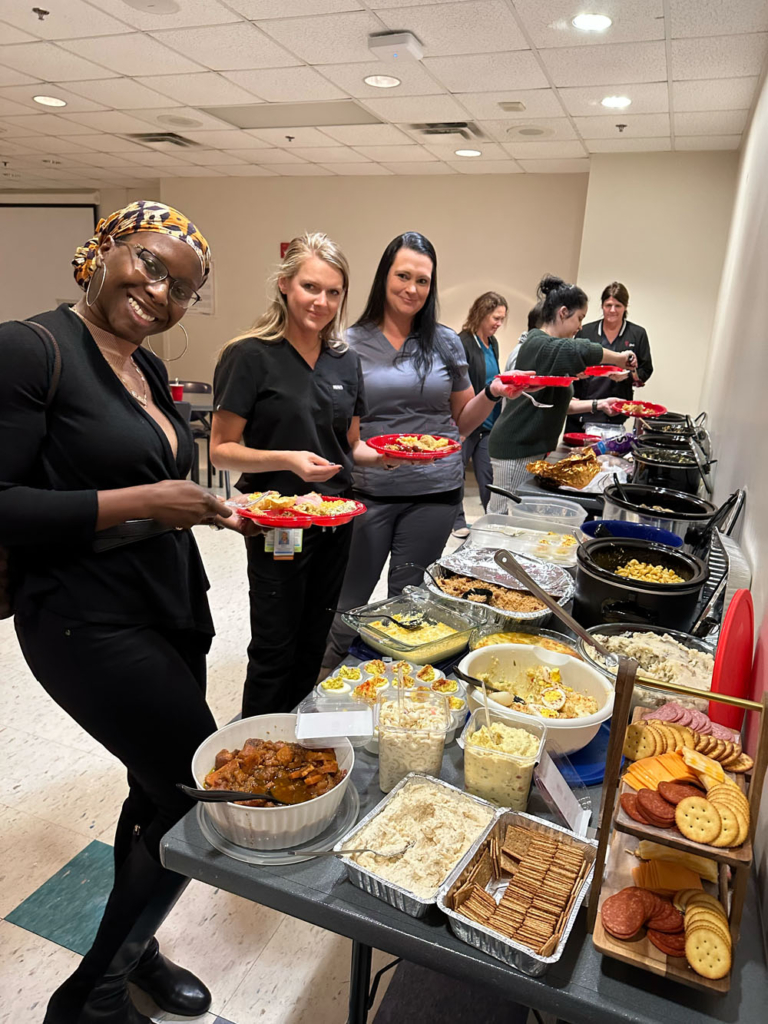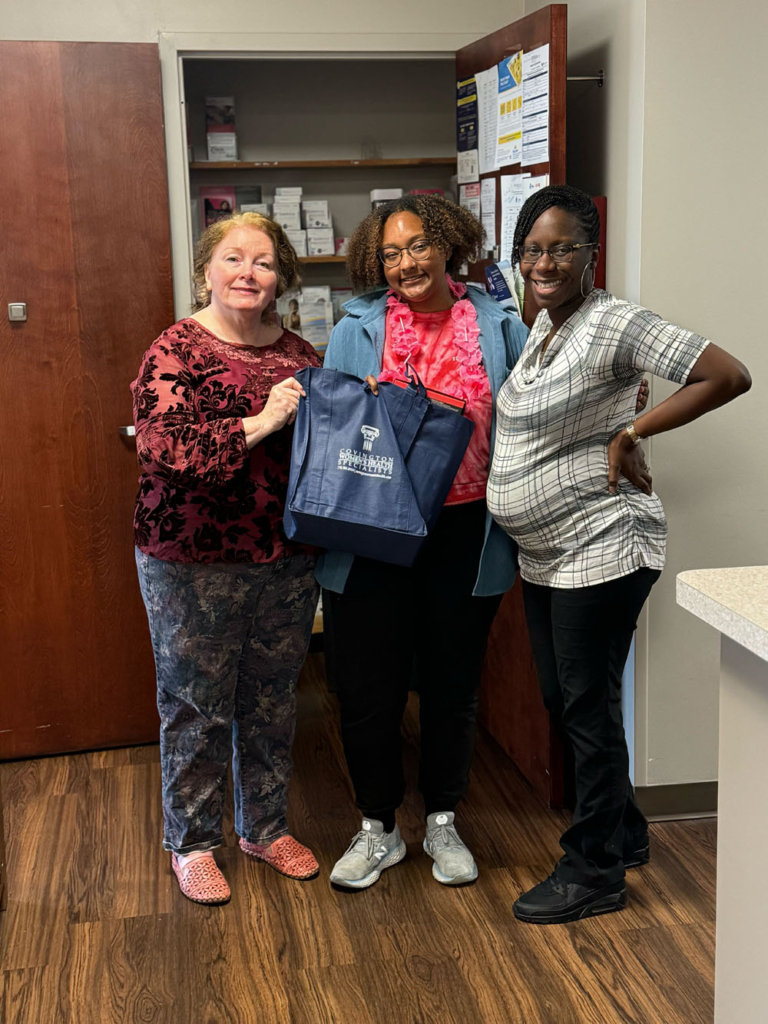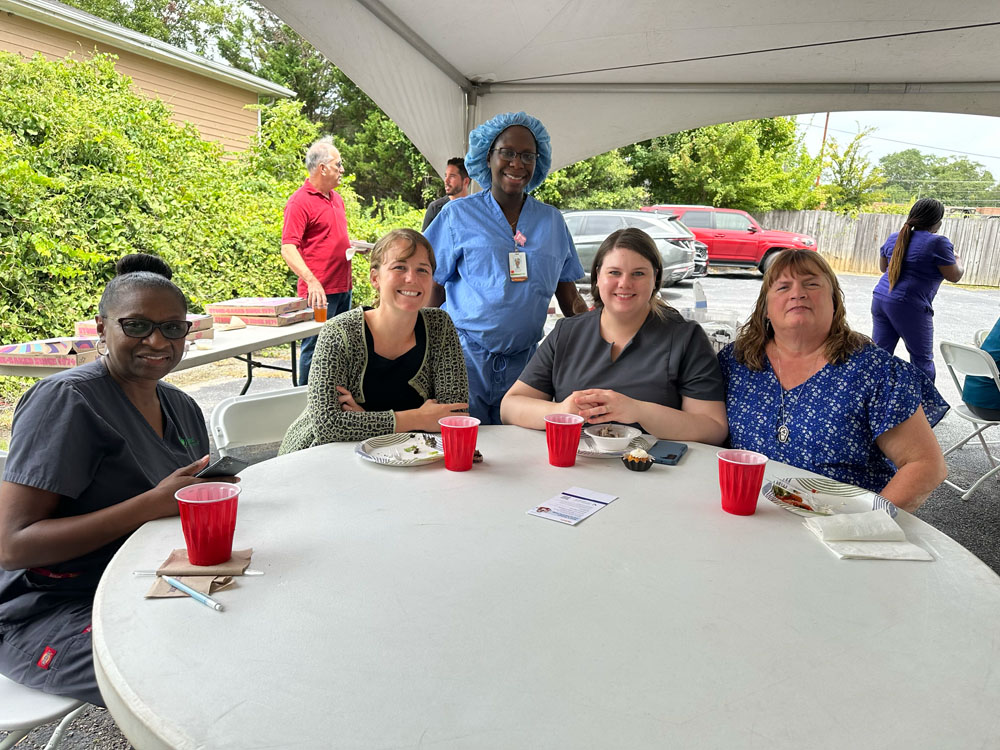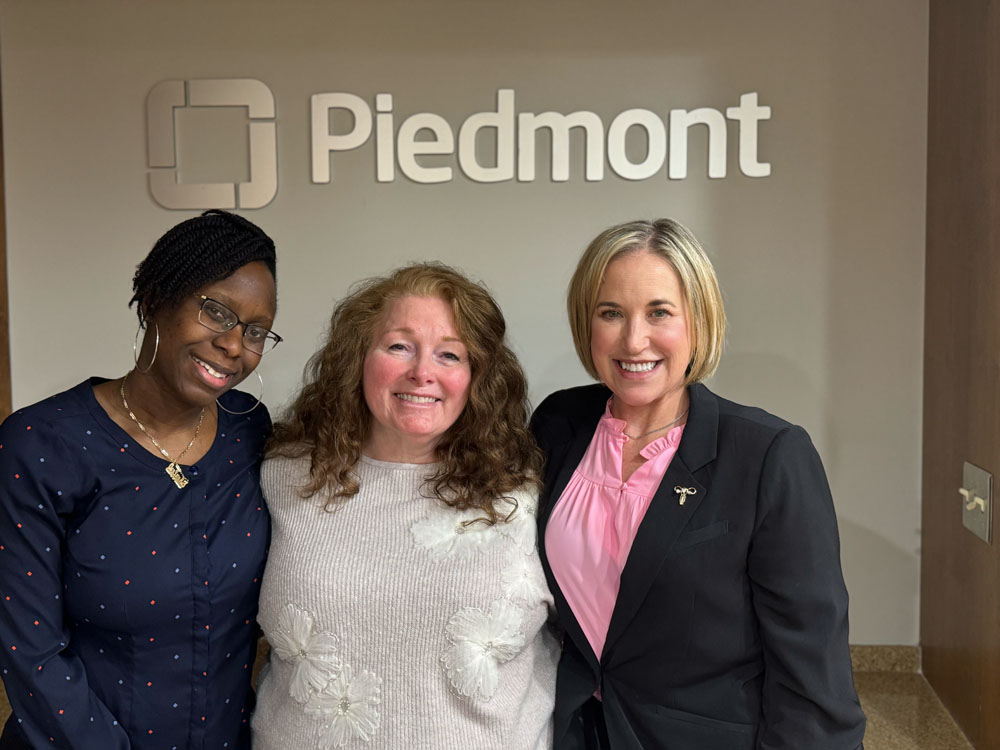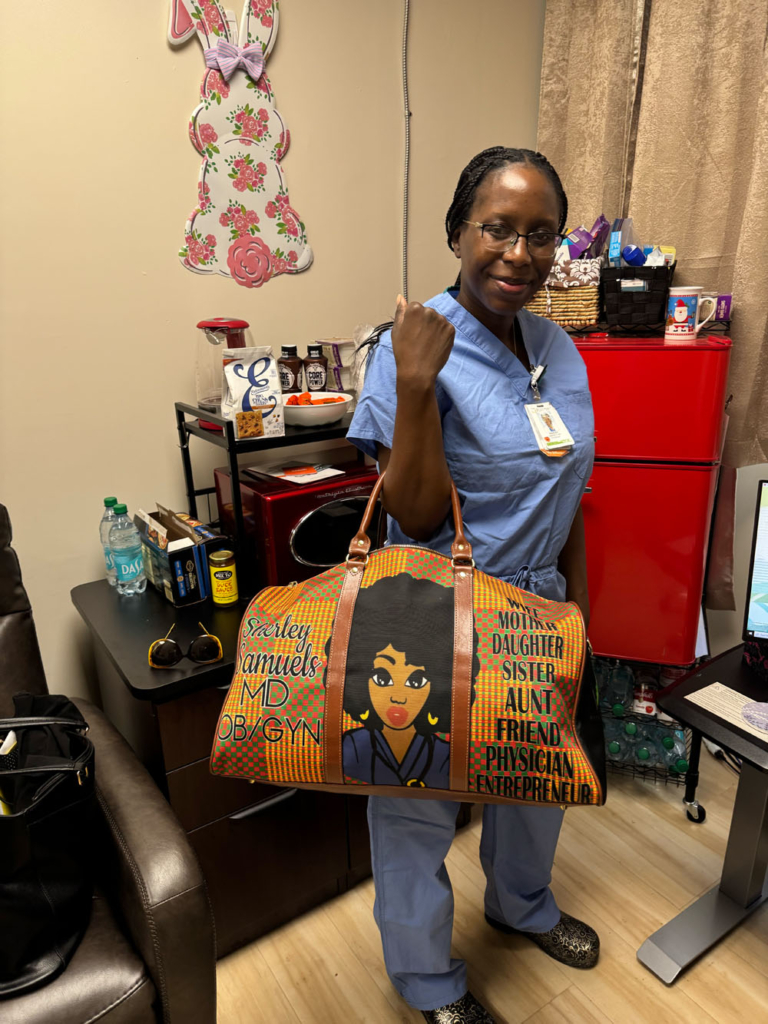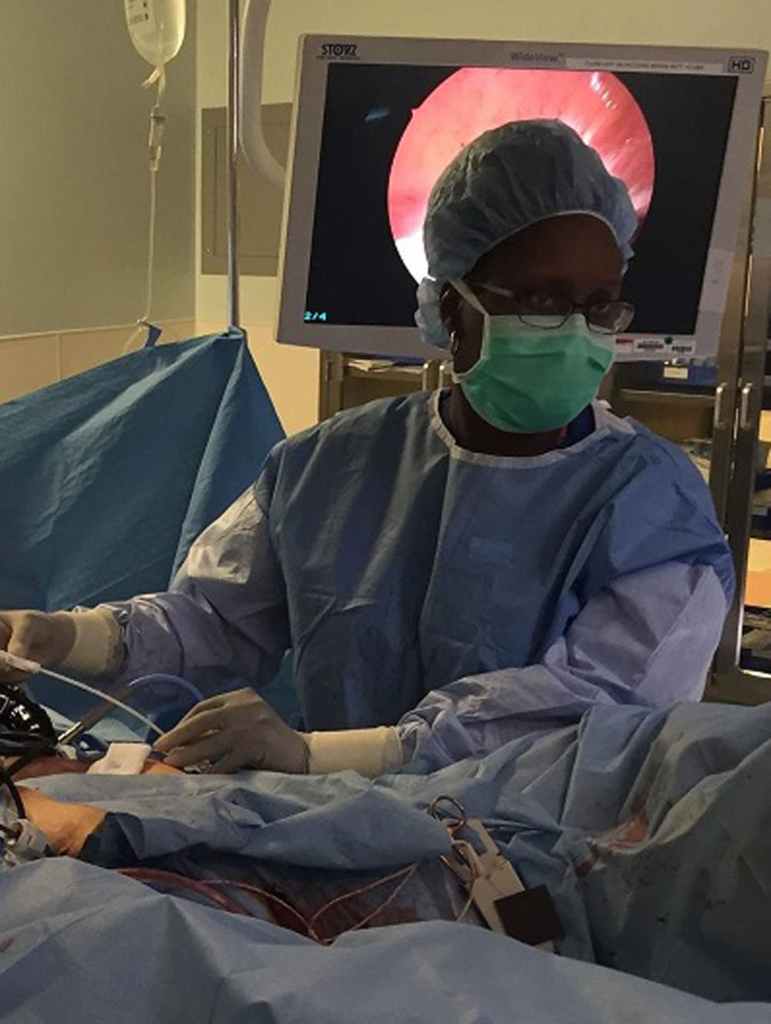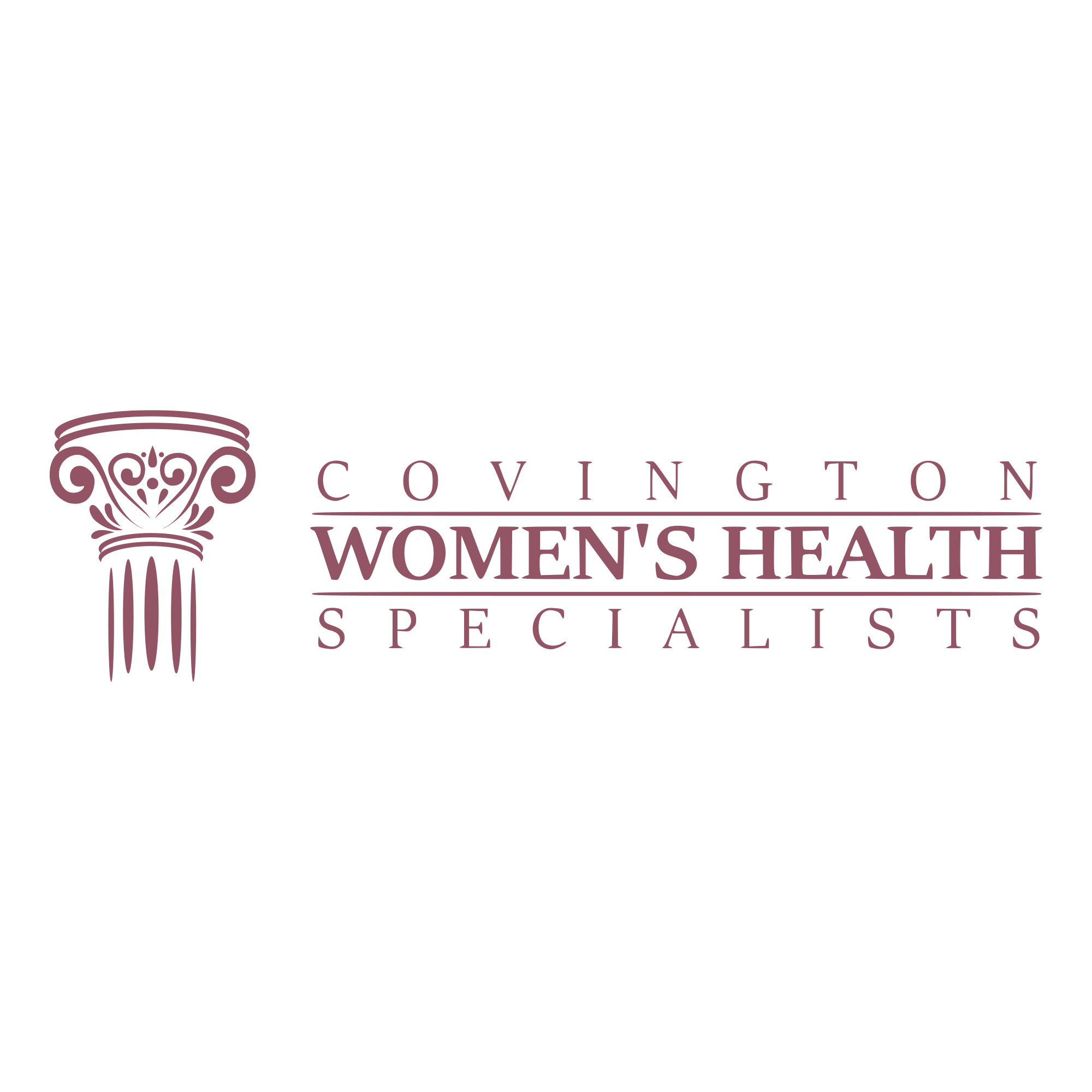Transgender & Gender Diverse Patient Inclusion at Covington Women’s Health
A message from Drs. Cathy Larrimore, Sherley Samuels, and Meridith Farrow in response to hurtful comments on our recent transgender awareness post.
At Covington Women’s Health Specialists, we welcome all individuals in need of obstetrics and gynecological services. We see you and want to help you live your best and healthiest lives!
So, what does inclusion mean to us? It means that we will not exclude any individual from our care and we welcome people of all races, faiths, walks of life when they are in need of obstetrics or gynecologic care. This includes the transgender and gender diverse communities.
Gender dysphoria, the medical condition that effects these communities, is defined by The American College of Obstetrics and Gynecology as, “distress that accompanies the incongruence between one’s experienced and expressed gender and one’s assigned or natal gender.” The healthcare providers and staff at Covington Women’s Health Specialists are committed to not adding to the possible discomfort of these individuals by excluding them from our care.
Here are some examples of the important medical care transgender and gender diverse patients need.
- Common problems like heavy periods effect many individuals. Every day we offer these individuals medical treatments and surgeries to help address this challenging condition. Can you imagine how extremely distressing and bothersome heavy periods can be for a person living life as a man? Our neighbors who were assigned female sex at birth and are now living their lives as men deserve the same chance for heavy period treatments as our neighbors living their lives as women. In other words, the same chance for a happy life as you have.
- Cervical cancer kills. Our fellow citizens who were assigned female gender at birth and are now living their lives as men deserve the same screening for cervical cancer as our fellow citizens living their lives as women. In other words, the same chance for a healthy life as you have.
- Many of us are parents and feel that having children enhances our lives. Men who were assigned female sex at birth may consult a gynecologist about infertility treatment. Because some transmen who were assigned female sex at birth want to be parents as grown ups, just like many of you. These men deserve the same chance to be parents as other women who face infertility.
- Our patients who are living their lives as men but were assigned female sex at birth need and deserve healthcare just like you do for basic screening, problem visits, and complex problems. Please realize that although they are different from you, this community deserves the same access to healthcare.
- Specialty practices, such as plastic surgery and endocrinology, are available to treat people with gender dysphoria allowing them to transition to the people who they are inside. Hormone therapy is guided by trained endocrinologists. Surgeries can be expensive, and many transmen have not had such procedures, but even if they have had gender affirming surgery such as breast removal, gynecologic care may still be necessary.
- The majority of gynecology patients are individuals assigned female sex at birth. However, there are times when gynecologists treat biological men such as prescribing medication to treat sexually transmitted infections in compliance with the Georgia state law that allows this to protect our primary patients and pregnant patients. And testing or treating for infertility and inheritable diseases if we are treating their partner and there is a need to test or treat them. These encounters never include physical examinations beyond vital signs.
Members of the transgender and gender diverse community live among us, and they have always been here! We believe it’s important to treat them with the same compassions and care as any other member of our community.
The comments that circulated in response to our recent transgender awareness post were hurtful–to this team, our colleagues, our staff and to many of our patients and neighbors. Please consider our words. Oppressing people will not elevate you. Happiness is infectious, bitterness is ugly. Do to others what you would have them do to you.
-Drs. Cathy Larrimore, Sherley Samuels, and Meridith Farrow





